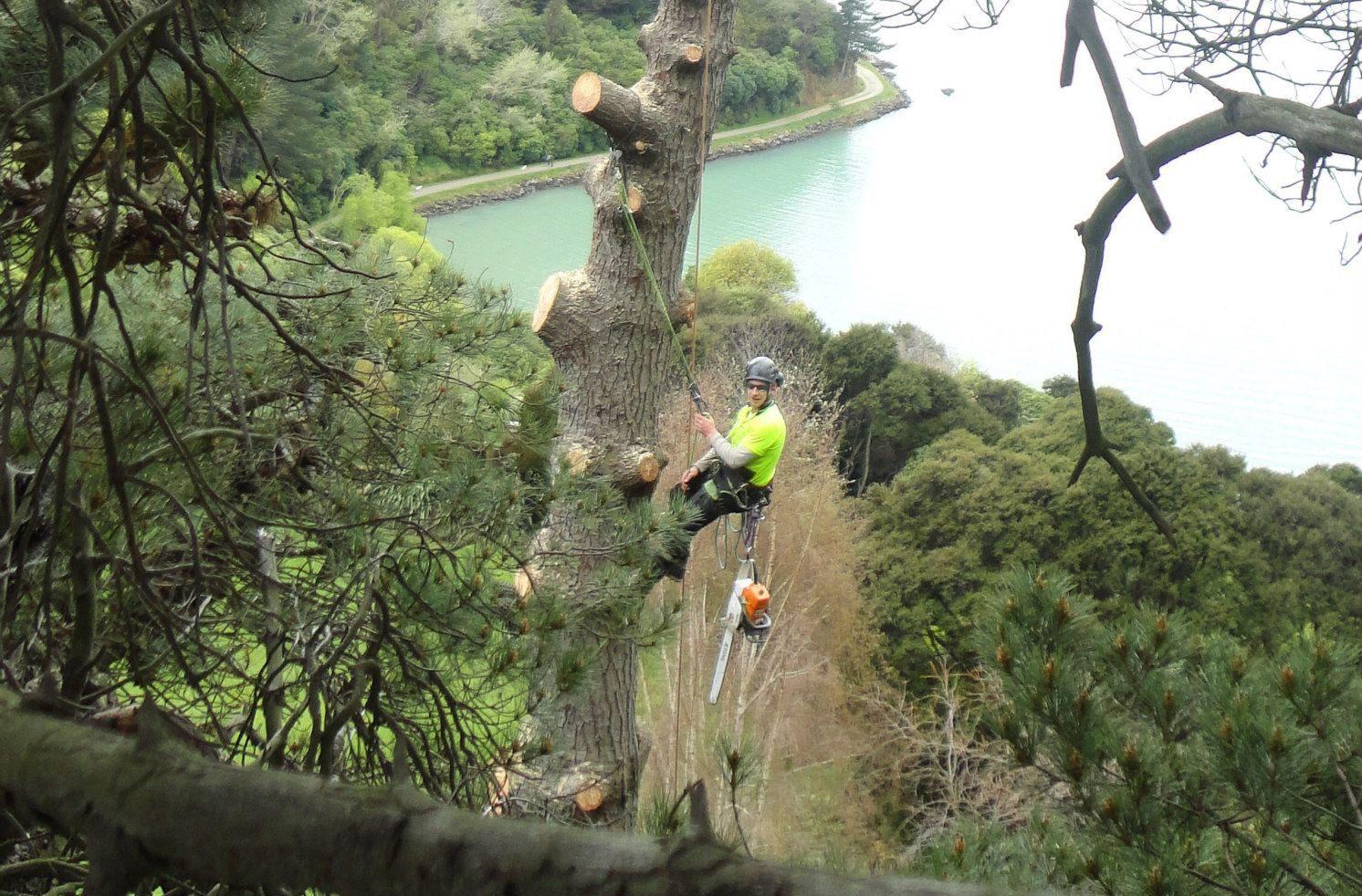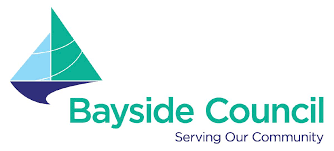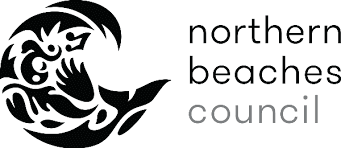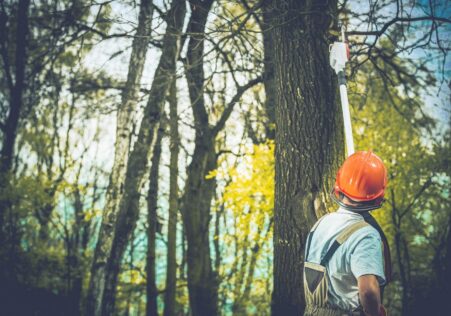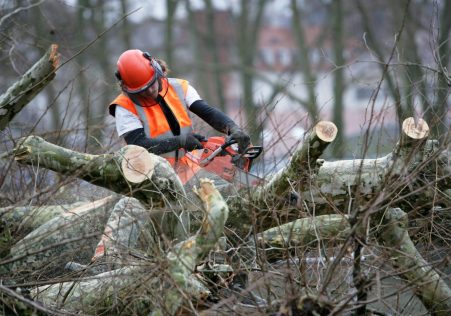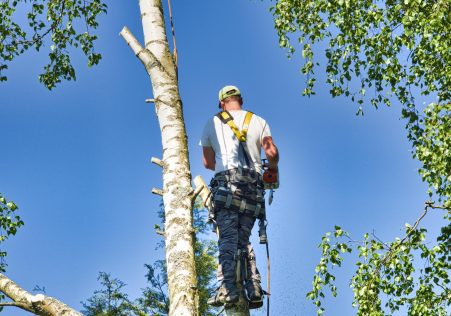The Importance of Proper Tree Identification: How do you know if a Tree is Protected
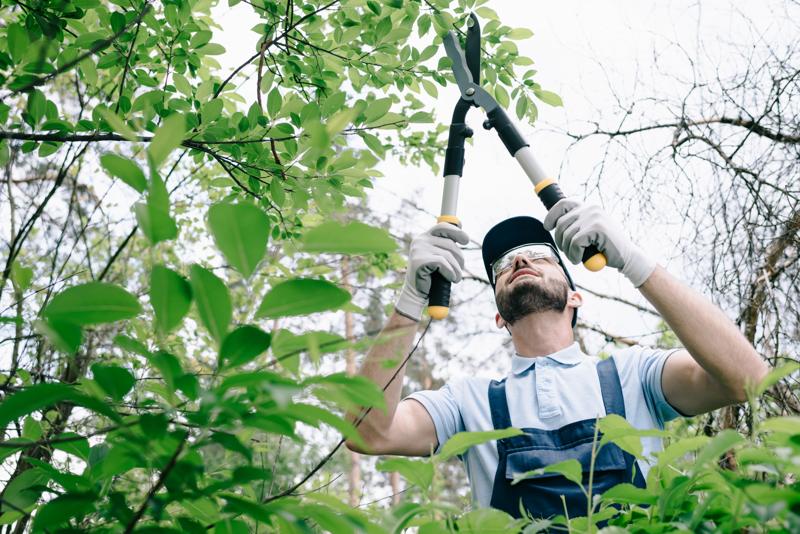
Trees play an essential contribution to our ecosystem by providing shade, fresh air and aesthetic value our surroundings. However they are not all alike and some have an additional status of protection, making it illegal to carry out any work without permission. If you’re thinking of having a tree removed, it’s essential to understand the protection status of the tree in question and the steps you need to follow to be in compliance with the law. In this article, we’ll help you understand the process of discovering whether the tree is protected and what you need be doing to make sure that you are following the law.
What exactly is a tree that is protected?
A protected tree is one that has been subjected to certain legal controls and it is unlawful to work on such a tree without having the appropriate permissions. There are two kinds of protection that a tree could be protected by - preservation and protection orders that are statutory.
Statutory protection
In the context of statutory protection trees are protected under law and are in the hands of Tree Preservation Orders (TPOs). TPOs are issued by local authorities in order to protect trees of significant public value and to ensure that they do not get destroyed or damaged.
Preservation orders
Preservation orders are similar to TPOs but are issued through the secretary of state for the Environment. The trees that are protected by preservation orders are considered to have an exceptional value and are shielded from any kind of work, including felling.
What can I do to determine whether a tree is safe?
To determine whether a tree is protected, you need to verify if it’s under an TPO or preservation order. This can be accomplished by contacting the local authority and asking them to search their archives.
TPO search
To search for a TPO, you can contact the Tree and Woodland officer of your local authority. They can inform you whether the tree is protected. They’ll also be able advise you on the next steps to follow if the tree is in a protected area.
Preservation order search
If you are looking for a preservation order, you will need to contact Secretary of State, Department of the Environment. They will tell you if the tree is protected and give you the necessary information and guidance.
FAQs:
What happens if I conduct work on a protected tree without permission?
If you work on a tree that is protected without the appropriate permits, you could be facing substantial fines and even imprisonment.
Can I appeal to a TPO and/or preservation order?
Yes, you are able to appeal a TPO or preservation decision if you feel it is unjustified. You will have be able to present evidence to back your argument and demonstrate why it is not necessary to appeal the TPO or the preservation decision is not necessary.
Can I remove a protected tree?
It is illegal to remove trees that are protected without the required permissions. If you want removal of the tree it is necessary to seek permission from the council and provide proof to back your claim.
Conclusion
In conclusion, discovering whether the tree is protected is a vital step to ensure that any tree work is carried out legally. If you know the various types of protection, and knowing how to check for them, you can ensure that you’re in compliance with the law and are protecting the trees that you are responsible for. If you are unsure about the status of protection for the tree you are in charge of, we suggest seeking professional advice from an expert in tree care such as Sydney Eastern Suburbs Tree Lopping. Our team of experienced arborists will be able to advise you about the protection status of your trees, and will guide you through the steps to ensure that you are acting within the laws. With our experience and dedication to provide high-quality tree services we will help you keep the beauty and worth for your tree. Contact us now at 1300 514 819 to schedule a consultation, and let us help you keep your trees protected and healthy.

